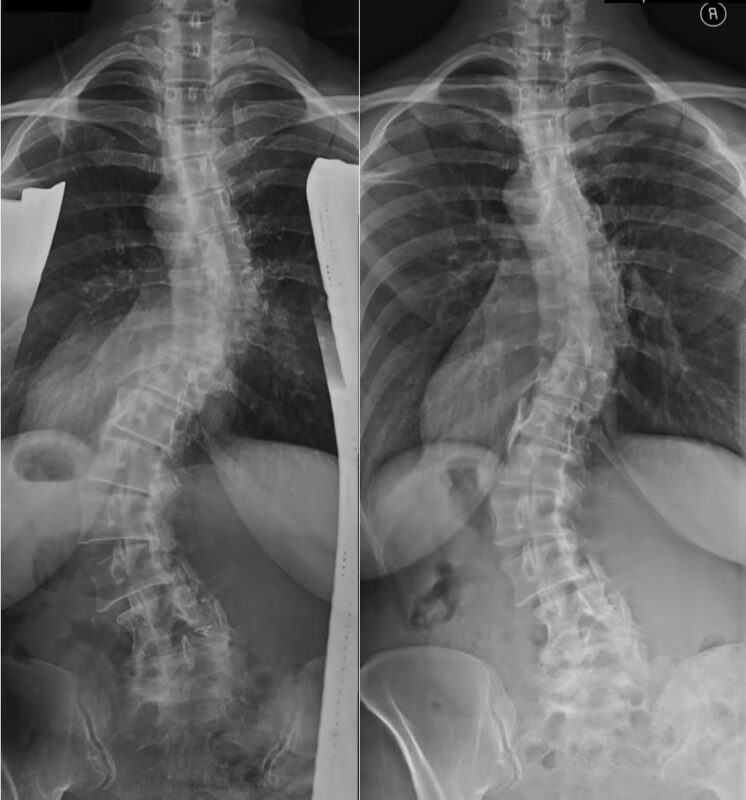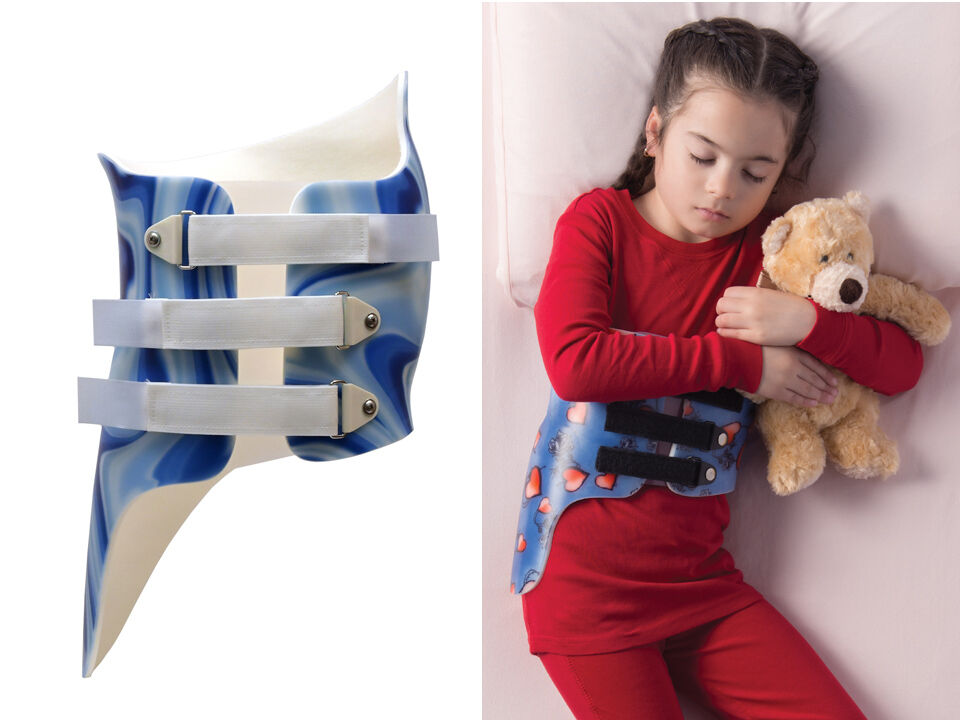Scoliosis is a condition characterized by an abnormal curvature of the spine, which can cause pain, discomfort, and limited mobility. In severe cases, surgery may be recommended to correct the curvature and prevent further progression. Scoliosis surgery is a complex procedure that involves realigning the spine and stabilizing it with the help of metal rods, screws, or hooks. The healing process after scoliosis surgery is crucial for the patient’s overall recovery and long-term well-being.
Pre-Operative Preparations and Assessments
Before undergoing scoliosis surgery, patients go through a series of pre-operative preparations and assessments to ensure they are ready for the procedure. These assessments may include blood tests, X-rays, and other imaging tests to evaluate the severity of the curvature and determine the appropriate surgical approach. Additionally, psychological evaluations are sometimes recommended to assess emotional readiness for surgery and address potential challenges during recovery.

The Surgical Procedure for Scoliosis Correction
The surgical procedure for scoliosis correction varies depending on the severity of the curvature and the patient’s specific needs. Generally, the surgery involves making incisions in the back, accessing the spine, and realigning it using metal rods, screws, or hooks. In some cases, bone grafts are used to promote fusion and stabilize the spine. The duration of the surgery can range from a few to several hours, depending on the complexity of the case.
Immediate Post-Operative Care and Monitoring
After scoliosis surgery, patients are closely monitored in the recovery room before being transferred to a hospital room. During this time, medical professionals monitor vital signs, administer pain medication, and ensure the patient is stable. Drains may be used to remove excess fluid from the surgical site, and a catheter may be used temporarily for bladder management. Early movement is encouraged to prevent complications such as blood clots and respiratory issues.
Managing Pain and Discomfort After Scoliosis Surgery
Pain management is a key aspect of the healing process after scoliosis surgery. Patients are typically prescribed pain medication to help alleviate discomfort during the initial stages of recovery. Balancing pain relief with avoiding over-reliance on medication is essential. Non-pharmacological methods like ice packs, heat therapy, and relaxation techniques can also help manage pain and promote recovery.
Physical Therapy and Rehabilitation Exercises
Physical therapy plays a vital role in the recovery process after scoliosis surgery. A personalized rehabilitation plan is developed by a physical therapist to improve strength, flexibility, and mobility. Exercises typically include gentle stretching, core strengthening, and postural retraining. Regular sessions with a physical therapist help monitor progress and ensure the recovery is on track.
Potential Complications and Risks During the Healing Process
While scoliosis surgery is generally safe, there are potential complications and risks associated with the healing process. These may include infection, bleeding, nerve damage, and implant failure. The risk of complications can be minimized by following post-operative instructions, taking prescribed medications, and attending follow-up appointments. Patients should be aware of warning signs like increased pain, redness, or swelling and report them promptly to their healthcare provider.

Factors Influencing the Speed of Recovery from Scoliosis Surgery
Several factors can influence the speed of recovery, including the severity of the curvature, the patient’s age, overall health, and adherence to post-operative care instructions. Younger patients tend to recover more quickly due to higher bone density and faster healing. Additionally, maintaining a balanced diet, staying active within safe limits, and following medical advice can significantly enhance recovery speed.
Psychological and Emotional Aspects of Healing from Scoliosis Surgery
Recovery after scoliosis surgery is not only physical but also psychological. Patients may experience a range of emotions, including anxiety, frustration, and even depression. A strong support system, including family, friends, and mental health professionals, is essential. Engaging in enjoyable activities and practicing self-care also contribute to a positive recovery experience.
Long-Term Follow-Up and Monitoring After Scoliosis Surgery
Long-term follow-up and monitoring are critical after scoliosis surgery. Regular check-ups with the surgeon and physical therapist help track the progress of spinal fusion and alignment. Imaging tests, such as X-rays, are performed periodically to assess the success of the surgery. Timely adjustments to rehabilitation plans are made based on the patient’s progress.
Tips for a Successful and Smooth Recovery from Scoliosis Surgery
To promote a successful and smooth recovery, patients should:
- Follow their surgeon’s instructions regarding activity restrictions.
- Take prescribed medications as directed and report any changes in symptoms.
- Attend all physical therapy sessions and adhere to recommended exercises.
- Practice proper wound care and keep the incision area clean and dry.
- Gradually resume daily activities while listening to their body’s cues.
- Seek emotional support and engage in activities that boost mental well-being.
- Maintain a healthy lifestyle with balanced nutrition, regular exercise, and adequate rest.

Real-Life Stories and Experiences of Individuals Who Have Undergone Scoliosis Surgery
Hearing stories from those who have undergone scoliosis surgery can be a source of inspiration and encouragement. Many individuals share their experiences through online forums, support groups, and social media, providing valuable insights and fostering a sense of community. Connecting with others who have gone through similar journeys can offer practical advice and emotional support.
結論
The healing process after scoliosis surgery is a complex journey that requires patience, dedication, and comprehensive support. Recovery timelines vary based on factors such as the severity of the curvature, the patient’s age, and adherence to medical advice. By following healthcare professionals’ guidance, engaging in physical therapy, and seeking emotional support, individuals can achieve successful outcomes and improve their overall quality of life.
参考文献
- Weinstein, S. L., & Ponseti, I. V. (1983). “Curve progression in idiopathic scoliosis.” 骨・関節外科ジャーナル, 65(4), 447-455.
- Weinstein, S. L., Dolan, L. A., Wright, J. G., & Dobbs, M. B. (2013). “Effects of untreated idiopathic scoliosis: a 50-year natural history study.” スパイン(1976年), 38(9), E502-E510.
- Asher, M. A., & Burton, D. C. (2006). “Adolescent idiopathic scoliosis: natural history and long-term treatment effects.” 脊柱側湾症, 1(1), 2.
- Negrini, S., Donzelli, S., Aulisa, A. G., et al. (2018). “2016 SOSORT guidelines: Orthopaedic and Rehabilitation treatment of idiopathic scoliosis during growth.” 脊柱側湾症と脊椎疾患, 13(1), 3.
- Hresko, M. T. (2013). “Idiopathic scoliosis in adolescents.” ニューイングランド・ジャーナル・オブ・メディシン誌, 368(9), 834-841.
- Weinstein, S. L., Dolan, L. A., Cheng, J. C., et al. (2008). “Adolescent idiopathic scoliosis.” ランセット, 371(9623), 1527-1537.
- Konieczny, M. R., Senyurt, H., & Krauspe, R. (2013). “Epidemiology of adolescent idiopathic scoliosis.” 小児整形外科ジャーナル, 7(1), 3-9.
- Lonstein, J. E., & Carlson, J. M. (1984). “The prediction of curve progression in untreated idiopathic scoliosis during growth.” 骨・関節外科ジャーナル, 66(7), 1061-1071.
- Aulisa, A. G., Guzzanti, V., Falciglia, F., et al. (2014). “Brace treatment in juvenile idiopathic scoliosis: a prospective study.” 脊柱側湾症, 9(1), 3.
- Parent, S., Newton, P. O., & Wenger, D. R. (2005). “Adolescent idiopathic scoliosis: Etiology, anatomy, natural history, and bracing.” 指導コース講義, 54, 529-536.

